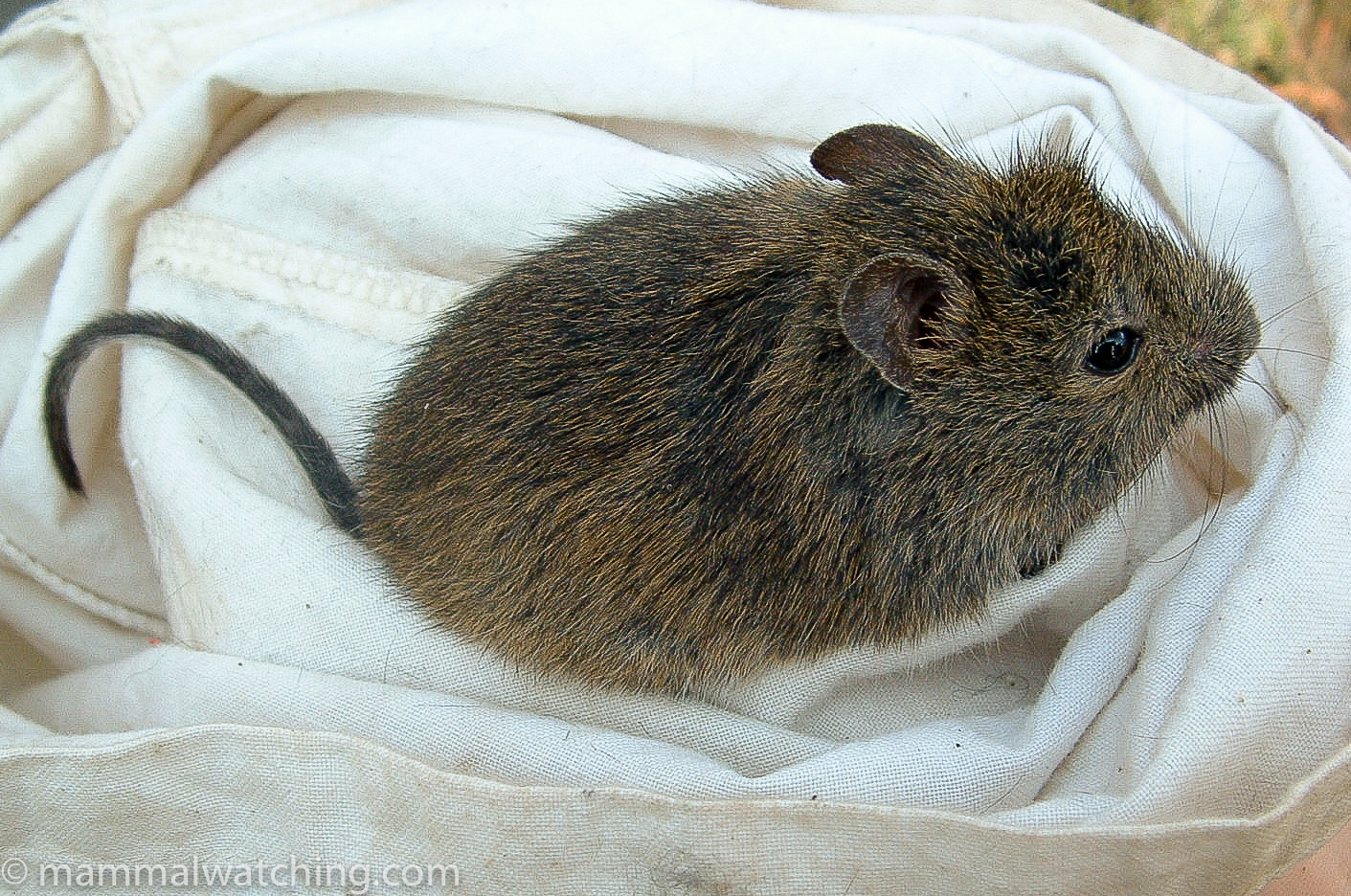
Victoria
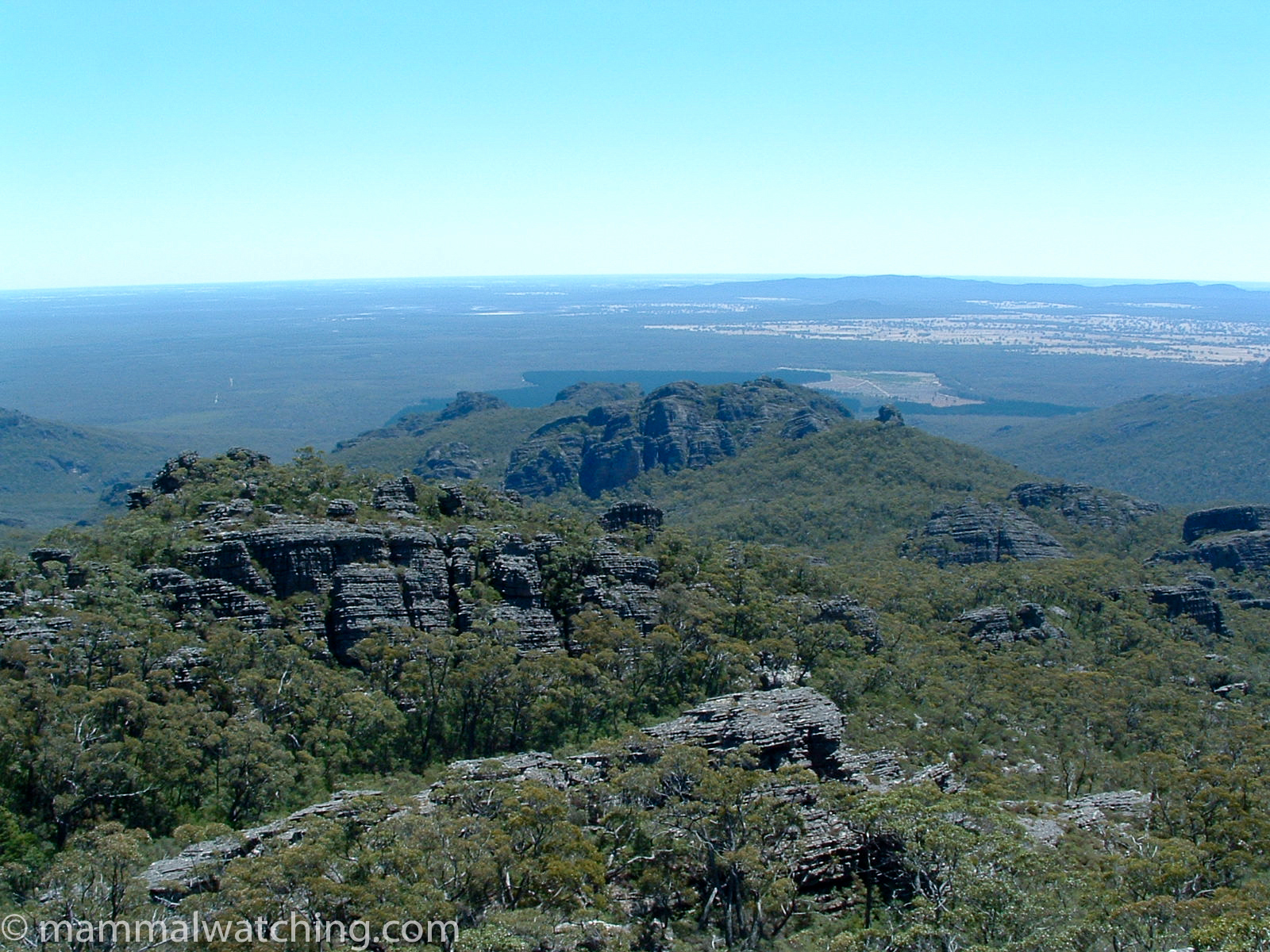
The Grampians
At the risk of huge controversy I have to confess that Victoria is perhaps my least favourite Australian state (though Melbourne is one of my favourite cities I add quickly before I get lynched by my Victorian friends). That’s not to say I don’t like Victoria – its nice enough but it doesn’t have much of what you would call real outback and its harder to get the same sense of adventure in Victoria that you can get in the other states. The police are vindictive with their speeding tickets and the coastal roads are cluttered with Victorians pulling caravans and powerboats (this is rather surprising because after travelling elsewhere in Australia you’d think any Victorian with a caravan was already clogging up the roads of one of the warmer states).
Melbourne is probably the best place to get a coffee in Australia. More importantly a colony of Grey-headed Flying Foxes used to roost at the botanic gardens. This was a source of considerable controversy. The bats were roosting in some large – albeit European – tree and damaging it, so the gardens wanted rid of them. They even put up signs warning the public of the dangers of rabid bats complete with demonised illustrations of said bats. After a lot of arguments with those wanting to protect the bats (which are now recognised on the threatened species list) the bats were “moved on”. They promptly took up residence in another government run garden. The colony is now (as of 2015) well established at Yarra Bend park and are a wonderful spectacle for visitors. There’s a community program to count them once a month. Otherwise if you visit the Yarra River at dusk around the botanic gardens I’d be surprised if there weren’t a few fruit bats flying around.
If you are interested in micobats (and you should be!) the Melbourne bat box monitoring program is run by a community of volunteers interested in the conservation of hollow-dependent microbats. They welcome people along when they check nest boxes each month. More information is here.
Geelong, near to Melbourne, was for several years the occasional home to a Southern Elephant Seal that took to visiting Point Henry and sitting on the beach for a few weeks. I’m not sure if he visits anymore but if you are in the neighbourhood it would be worth asking the Victoria Parks staff. When the seal first arrived I drove from Canberra to Geelong and straight back again to spend an hour on the beach with him. 1470 kilometres in 14 hours. It was then I began to think that my interest in mammals was becoming beyond the borderline obsessive.
French Island, near Melbourne is a nice spot for a weekend and a good place to see Koalas.
The Yarra Ranges are not far outside of Melbourne. The Mountain Ash forest around Cambarville is a good place to look for Ledbeater’s Possum, rare and endemic to Victoria. The possums however are small and the trees are tall – very tall, they are one of the tallest species in the world – so spotting the possums is a challenge. Your best bet is to “stag watch” – which means staking out a likely looking tree hollow (a hollow tree is called a ” stag” ) just before dusk and watching to see if a possum emerges. Of course not all of the tree hollows are occupied so there is a good deal of luck involved. I tried one night and failed, though I did see a Mountain Brushtail Possum, a Sugar Glider and a Common Wombat. The Victorian Field Naturalists organisation run frequent stag watching surveys here so that could be a good option. The swampy forest at Yellingbo (also home to the Helmeted Honeyeater subspecies) is an easier place to find Ledbeater’s Possumes, if you can get access to the reserve which is – or used to be at least – closed to the public. The trees are much smaller and in 2000 there was a healthy possum population. The animals can also be called in by making a rapid ti ti ti ti tiiss sound – rather like a someone tapping a snare drum.
The Great Ocean Road is a beautiful drive, and the heathland alongside it is a great spot to try to catch Swamp Antechinus and White-footed Dunnarts, two of the harder small mammal species to find in coastal Australia. New Holland Mice also occur at several sites. I missed out on all three species during some trapping in early 2004 in the Anglesea Heathlands, just out of Anglesea along the Great Ocean Road. But later that year I found both a Swamp Antechinus and several White-footed Dunnarts on Cape Otway, at a site on the road into Blanket Bay. You can stay at the Cape Otway lighthouse which is a top spot. There were plenty of Agile Antechinuses around too, plus Koalas, Brushtail Possums, Eastern Gray Kangaroos and Black (Swamp) Wallabies. Around Easter 2003 I saw several Blue Whales cruising about 3km offshore, no doubt en route to Portland.
Warrnambool, at the other end of the Great Ocean is a good place to see Southern Right Whales in the Austral winter, I saw a couple off Logan’s Beach in July. Boat trips run out to see the animals although they come in to within a few hundred metres of the beach so are easy to view from the land.
Portland is the place in Australia so see Blue Whales but only for a few weeks at Easter, when the Bonney Upwelling (a marine current) brings a good deal of nutrient rich water into the area. The Portland lighthouse is a good place to look for them and I saw several from here one afternoon. A juvenile Pygmy Right Whale spent several weeks in Portland Harbour in the late 1980s (I guess these must be the hardest of the rorqual whales to observe) and in mid 2007 an aerial survey about 450kms offshore saw a pod of 90 – 100 Pygmy Rights!
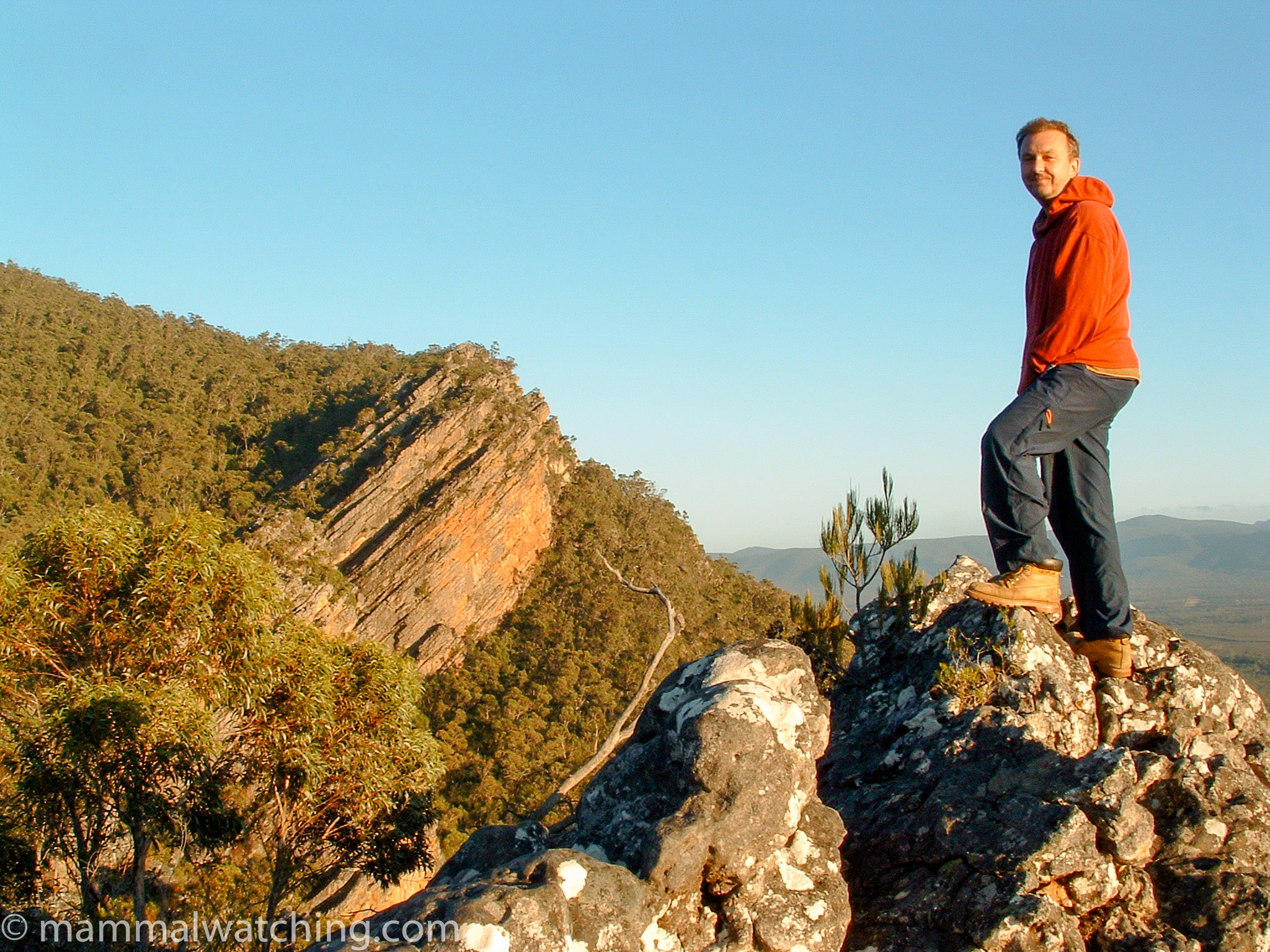
Enjoying the Grampians
The Grampians are one of the best parks for mammals in Victoria. Echidnas are pretty common, as are Grey Kangaroos and Black Wallabies. The settlement of Hall’s Gap is good place to see Red Deer – they wander through the community in the evening. Koalas are quite common there too and the scenery is speccy. In 2003 I was a part of a Parks VIC small mammal trapping survey, which was particularly focussed on the endangered Heath Mouse (aka Rat) (Pseudomys shortridgei). We also caught good numbers of Agile Antechinus and Australian Swamp Rats. I also saw Yellow-footed Antechinus, Common Brushtail Possum and a Sugar Glider, along with the usual collections of ferals – foxes, cats, hares and rabbits.

Heath mouse, Pseudomys shortridgei
We spent one evening bat catching too and caught an Eastern False Pipistrelle, Large Forest Bats, Southern Forest Bats and Chocolate Wattled Bats.
Hamilton in western Victoria is home to mainland Australia’s last population of Eastern-barred Bandicoots. Ask in the town where to look for them although this species is quite easy to see in Tasmania.
Little Desert, Wyperfeld and Murray Sunset National Parks are good spots for things like Silky Mice, and Western and Little Pygmy Possums. I went trapping with Parks VIC in the Little Desert in December 2002. In November that year they had caught both Western and Little Pygmy Possums, Silky Mice, and Common Dunnarts. When I was there a few weeks later we caught only one Silky Mouse. Mitchell’s Hopping Mice are possible in this area too and spotlightable. The southern bit of Murray Sunset is a good place to look wherever there are sand dunes. Wyperfeld might be better and the State Forest north of Patchewolllock is another place worth trying (I was recommended to look along the Patchewollock to Walpeup road). But the animals move around depending on the fire history of an area so it would be better to ask the local rangers if you are in the park. i never saw one here despite several evenings’ searching.
Rotamah Island used to have an Birds Australia observatory and guest house which closed in the early 2000s. A weekend’s bat trapping there in 2001 caught loads of Gould’s Wattled Bats, Large Forest Bats, Southern Forest Bats and Little Forest Bats. Hog Deer were common on the island. We set some pitfall and elliot traps but missed out on the Eastern Pygmy Possums which were quite common but did catch Bush and Swamp Rats and a massive Black Rat. We saw a Burrunan Bottle-nose Dolphin (Tursiops australis.. though this may well not be a seperate species to T. aduncus) during the boat ride over.
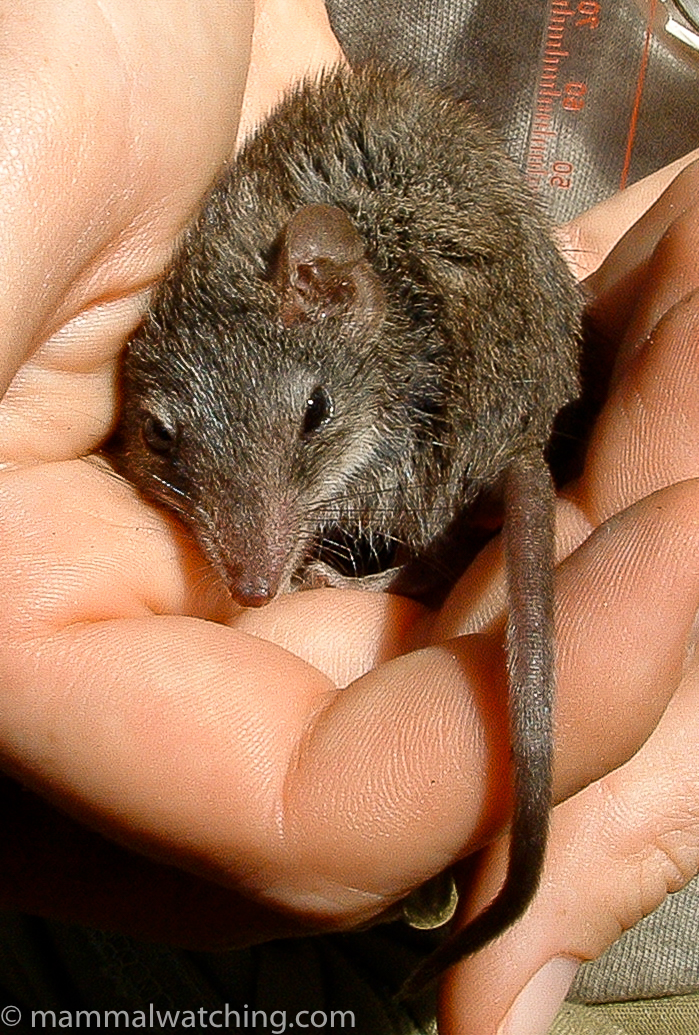
Yellow-footed Antechinus, Antechinus flavipes
Mallacoota on the very south-eastern edge of Victoria is a beautful area with great beaches and nice stands of wet forest. Koalas are quite common, particularly along the short nature trail that runs off the princess highway about 10km west of town. Agile Antechinuses are common in the wet forest and I saw what was probablly a Southern Brown Bandicoot cross the road just out of town. Black Wallabies are common too. The lighthouse at Point Hicks – where you can stay – is a great spot. Humpbacks cruise past close to the shore in season and occasionally Killer Whales are spotted here perhaps attracted by the Australian Fur Seal colonies in the area. In the heathland near the lighthouse Ringtail Possums and Dusky Antechinuses are common as are Eastern Poygmy Possums although they are harder to see.
Orbost west of Mallacoota is surrounded by forests containing most of Australia’s few remaining Long-footed Potoroos, only described as a species in 1980. Tracks north of the Princess Highway between Murrungower Road (Mount Raymond) and McKenzie River occasionally produce sightings. But you will need to get a good look because Long-nosed Potoroos are in the area too.
Northern Victoria and the Riverina is a nice area and famous among bird watchers as home to the endangered Plains Wanderer. It is also good habitat for Fat-tailed Dunnarts which are often spotlit in native grassland, especially when the grass is short. The area around Deniliquin is good as are the Patho and Avoca Plains. I saw one on a trip with Phil Maher to look for Plains Wanderers near Deniliquin. I suspect I was the first and last client he has taken out more interested in the dunnarts than the birds. We spotlit several animals but one froze in the spotlight and I coud have picked it up.
Chiltern National Park is just off the Hume Highway about 40 km past Albury-Bendigo on the way to Melbourne. Its a lovely forest and home to Brush-tailed Phascogales, Squirrel Gliders and other more common stuff like Eastern gray Kangaroos, Black Wallabies and Yellow-footed Antechinuses. There are Phascogale nestboxes up in the park but I spent a day helping to check them and we didn’t see any animals. They are also very hard to spotlight – one of the local experts reckoned he would see one for every 1000 hours of spotlighting. But its worth looking because they are a fabulous animal. Squirrel Gliders are easier to see, and the edge of the park can be good (checkand flowering gum trees). A large colony of Southern Freetailed Bats used to live inside the historical Chiltern Jail, now just a roadside tourist exhibit near the police station. Last time I visited though I couldn’t see much evidence of the bats, maybe because the jail had been fixed up a bit.
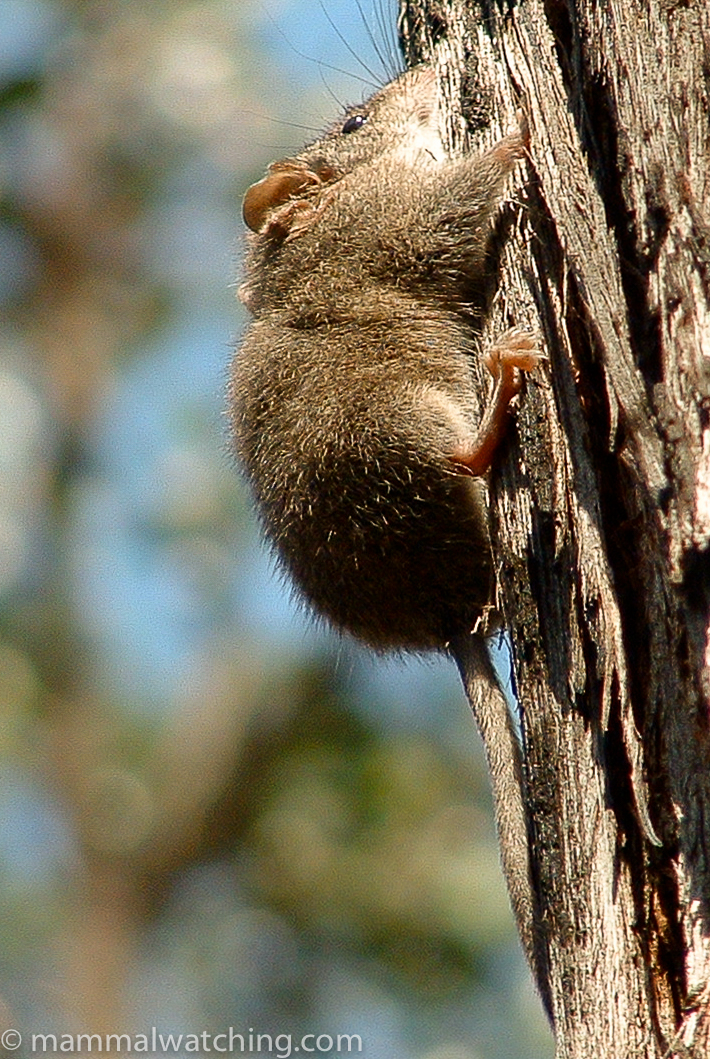
Yellow-footed Antechinus, Antechinus flavipes
Heathcote-Graytown National Park is just an hour and half from Melbourne near Bendigo. I haven’t been there, but in 2009 Rohan Clarke saw 4 Sugar Gliders and 4 Squirrel Gliders, plus Swamp Wallaby, Eastern Grey Kangaroo, Common Brushtail Possum and Common Ringtail Possum in an evening’s spotlighting. So not a bad spot.
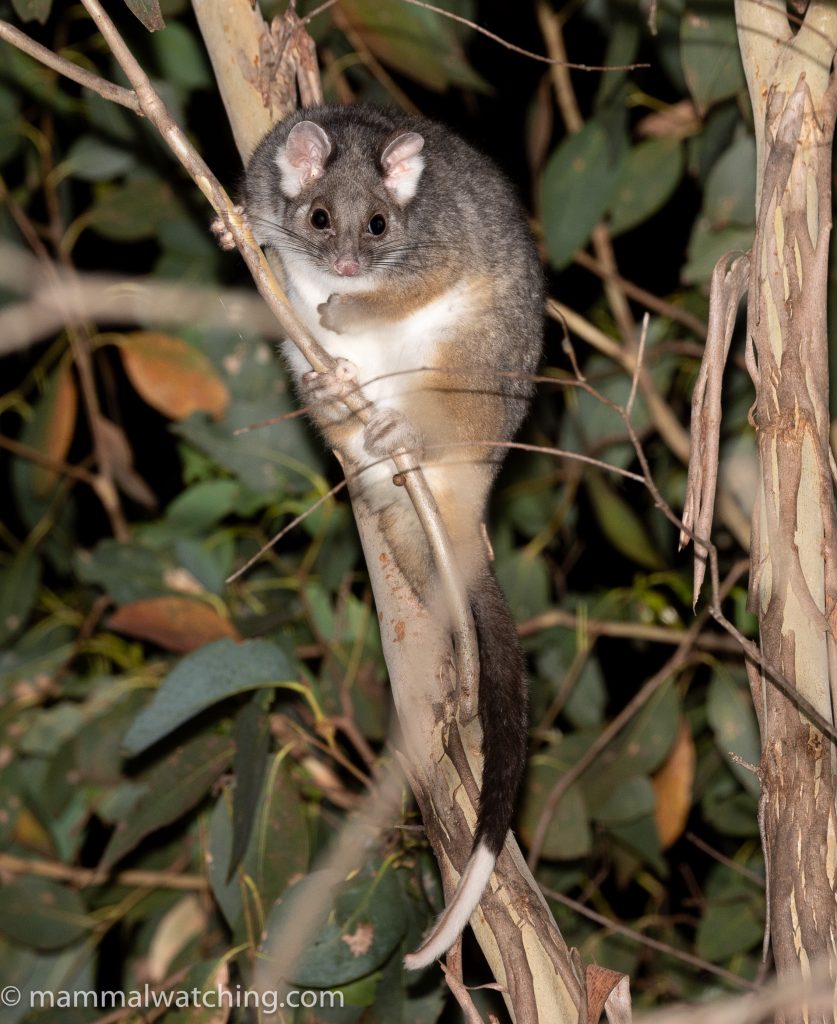
Eastern Ring-tailed Possum (Pseudocheirus peregrinus), near Mount Buffalo, December 2023.
Bright is a small town in the mountains near Mount Buffalo. Its a good place to see Sambar Deer and after a long evening spotlighting I saw one along the main highway running through town. The forest around here is great for spotlighting a wide range of species and in December 2023 we found Eastern Pygmy, Mountain Brushtail and Eastern Ringtail Possums; Yellow-bellied, Greater, Krefft’s and Narrow-toed Feathertail Gliders; Bush Rat; Agile Antechinus; and Swamp Wallabies, though not the Long-footed Potoroo we were hoping for,
Community Reports
Tasmania (and a bit of Victoria), 2024: Patrick Hall, 15 species overall including a Koala in Victoria.
Melbourne, 2024: John Wright, 2 days & 17 species including Leadbeater’s Possum, Koala and Yellow-bellied Glider.
The Yarra Ranges, 2023: Michael Sebastian’s report of a night spotlighting with 5 species including Leadbeater’s Possum.
Victorian Alps, 2023: Jon Hall’s report of a night spotlighting with 10 species including Eastern Pygmy Possum and Narrow-toed Feathertail Gliders.
A Tale of Two Gliders (during the time of COVID): Michael Johnson’s report about chasing Greater and Yellow-bellied Gliders close to Melbourne during COVID restrictions.
Victoria, December 2022: Treeswift Wildlife’s summary of mammals seen during December with 20 species including Koala and Leadbeater’s Possum.
Victoria, November 2022: Treeswift Wildlife’s summary of mammals seen during November with species including Sperm Whale and Rakali.
Victoria, October 2022: Treeswift Wildlife’s summary of mammals seen during October, with 32 species including Leadbeater’s Possum, Yellow-bellied Glider and Eastern Barred Bandicoot.
South Coast NSW and Gippsland, 2020: Dion Hobcroft, 1 week & 20 species including White-footed Dunnart, Yellow-bellied Glider and Long-footed Potoroo.
NT, WA, SA, NSW & Vic, 2019: Isaac Clarey’s mega report, 5 months & 89 species including Scaly-tailed Possum (WA), Rock Ringtail Possum (NT), Monjon (WA), Ghost Bat (NT & WA) and Orange Leaf-nosed Bat (NT), Fawn Antechinus (NT), Southern Greater Gliders (NSW) and Yellow-bellied Gliders (NSW) and much more.
Victoria & Tasmania, 2020: Alan Dahl, 3 weeks & 24 species including – in Victoria – Koala and Sugar Glider.
Melbourne, 2018: Vladimir Dinets, several species including Dusky and Swamp Antechinus.
Melbourne, 2018: Vladimir Dinets, 2 weeks & 29 species including Leadbeater’s Possums, Greater and Yellow-bellied Gliders and Koalas.
W.A, VIC and NSW, 2017: Dominique Brugiere, 1 month with species including Western Pygmy Possum, Numbat, Quokka, Brush-tailed Rock Wallaby and Common Dunnart.
Australia, 2016: Mike Hoit, 5 weeks & many species including – in Victoria – Burranan Bottle-nosed Dolphins, Leadbeater’s Possum and Water Rats.
Australia and New Zealand, 2014/15: Pieter de Groot Boersma, 10 months & 117 species including Brush-tailed Rabbit Rat, Feathertail Glider, Leadbeater’s Possum, Northern Bettong, Prehensile Tailed Rat and Cape York Rock Wallaby. <<Note: the Nailtail Wallaby was in fact Northern, not Bridled. And expert opinion think the mysterious macropod discussed at the end of the report was a Short-eared Rock Wallaby not a Narbalek.>> Click here to search for Pieter’s various videos from Australia.
Australia & Hong Kong 2015: Dominique Brugiere, 6 weeks & some nice species including Southern Hairy-nosed Wombat, Yellow-footed Rock Wallaby, Woylie, Koala, Eastern Pygmy Possum, Tiger & Western Quolls and Honey Possum.
Tasmania, Victoria & South Australia, 2014: Juan Luis Ortega, 2.5 weeks & 28 species including Tiger Quoll, Broad-toothed Rat and Giles’ Planigale.
Australia and New Zealand, 2011: Matt and Maureen Steer, 12 weeks & 50 species including a Koala in Victoria.
Australia, 2004: Richard Webb, 1 month & an impressive 50 mammals.
Also See
RFI Fat-tailed Dunnart sites in Victoria, December 2024
RFI Mega Trip to Australia, September 2024
Platypus at Euroa (2 hours north of Melbourne) , January 2019.
Resources
The Field Naturalist Club of Victoria are active and a good source of information. They run trips to survey for mammals etc.


Leave a Reply
You must be logged in to post a comment.